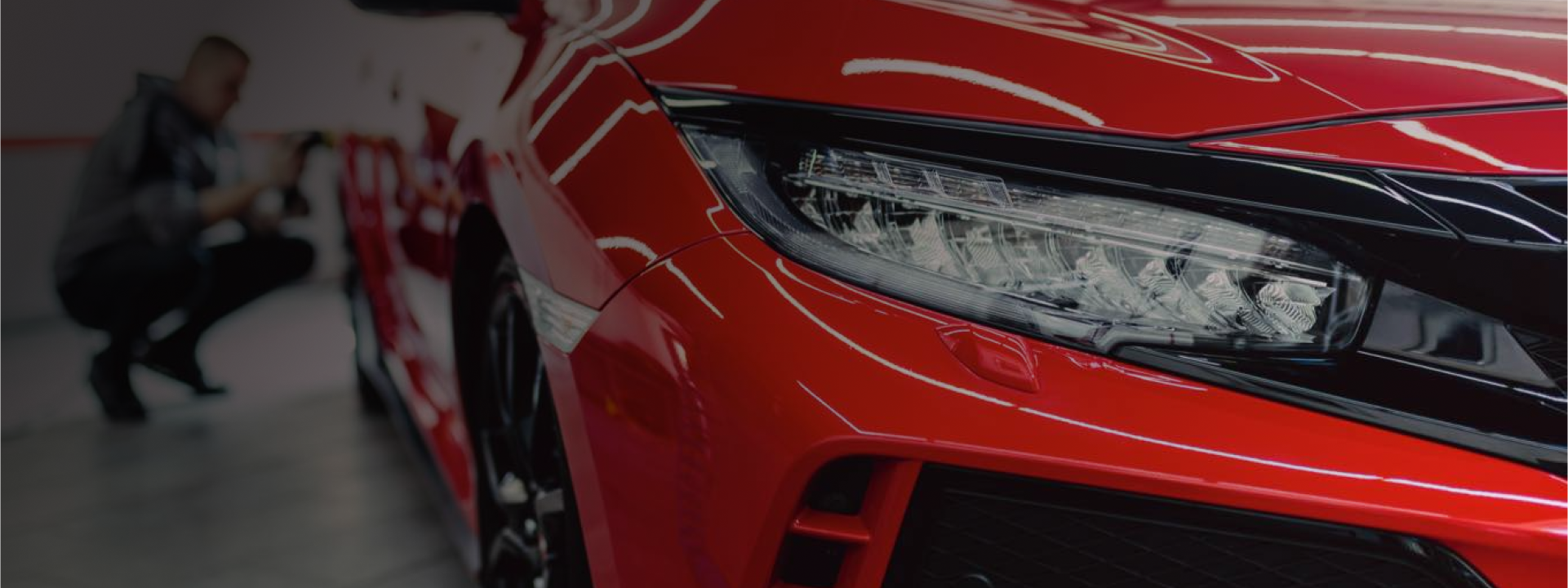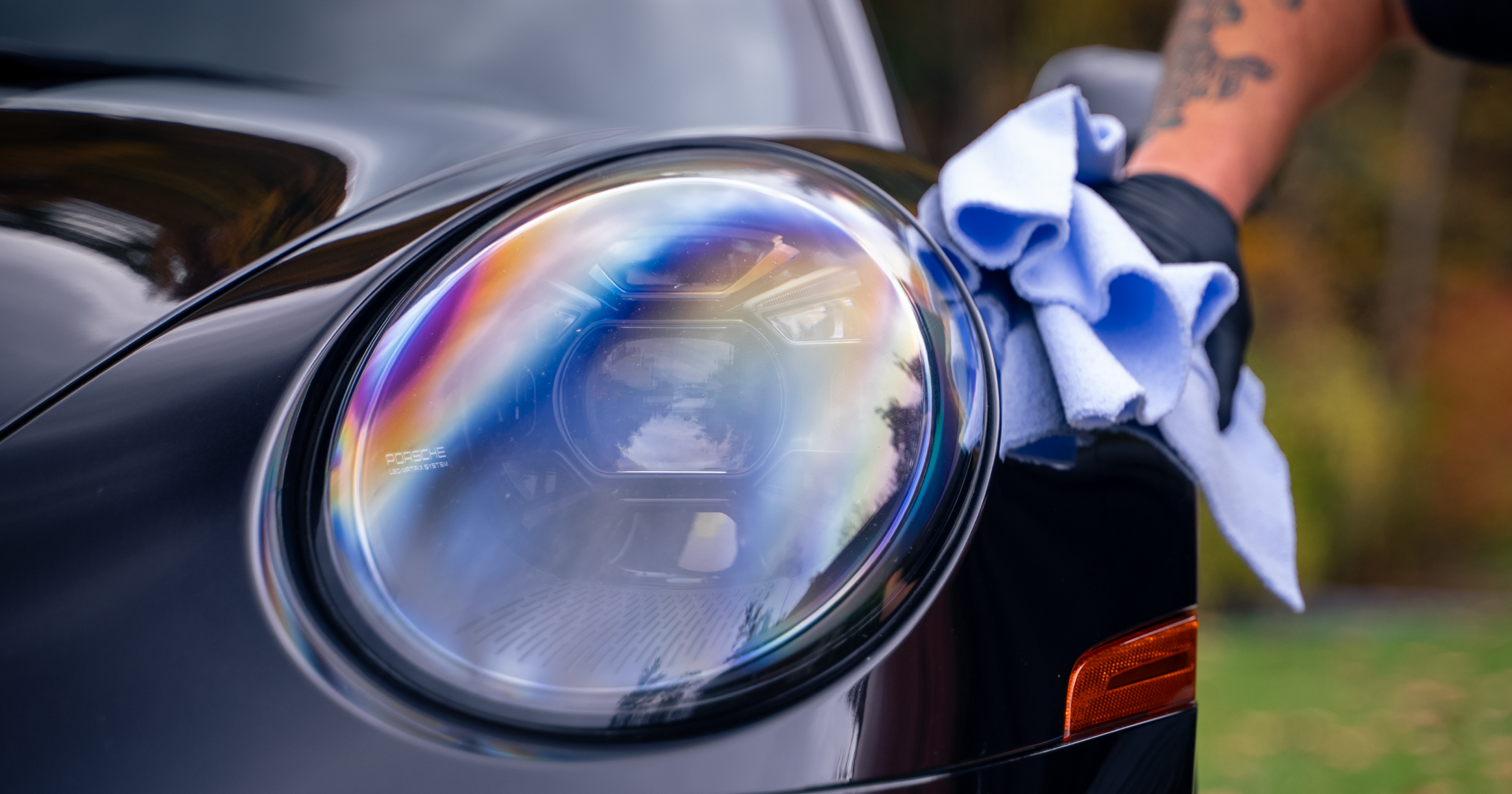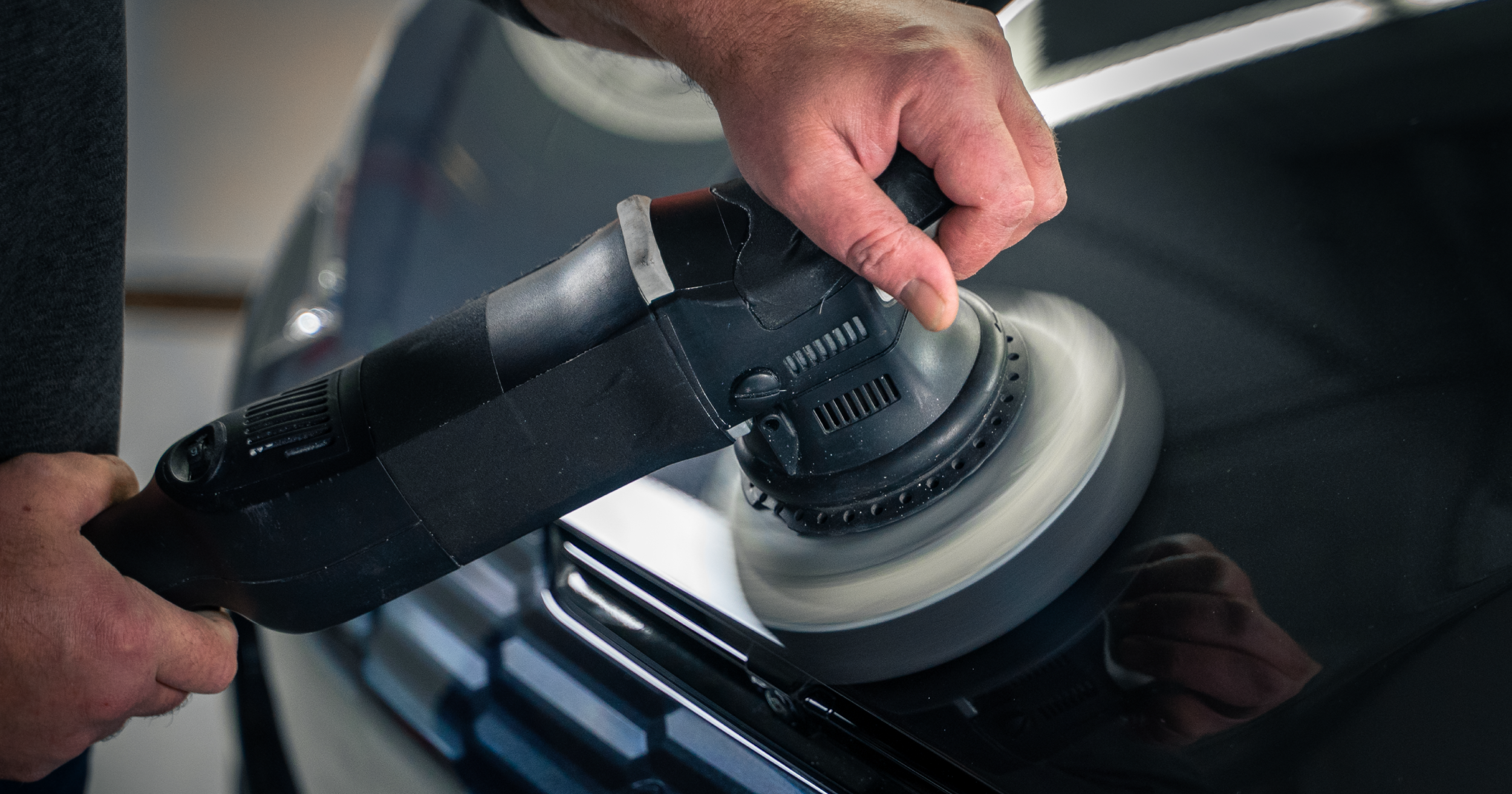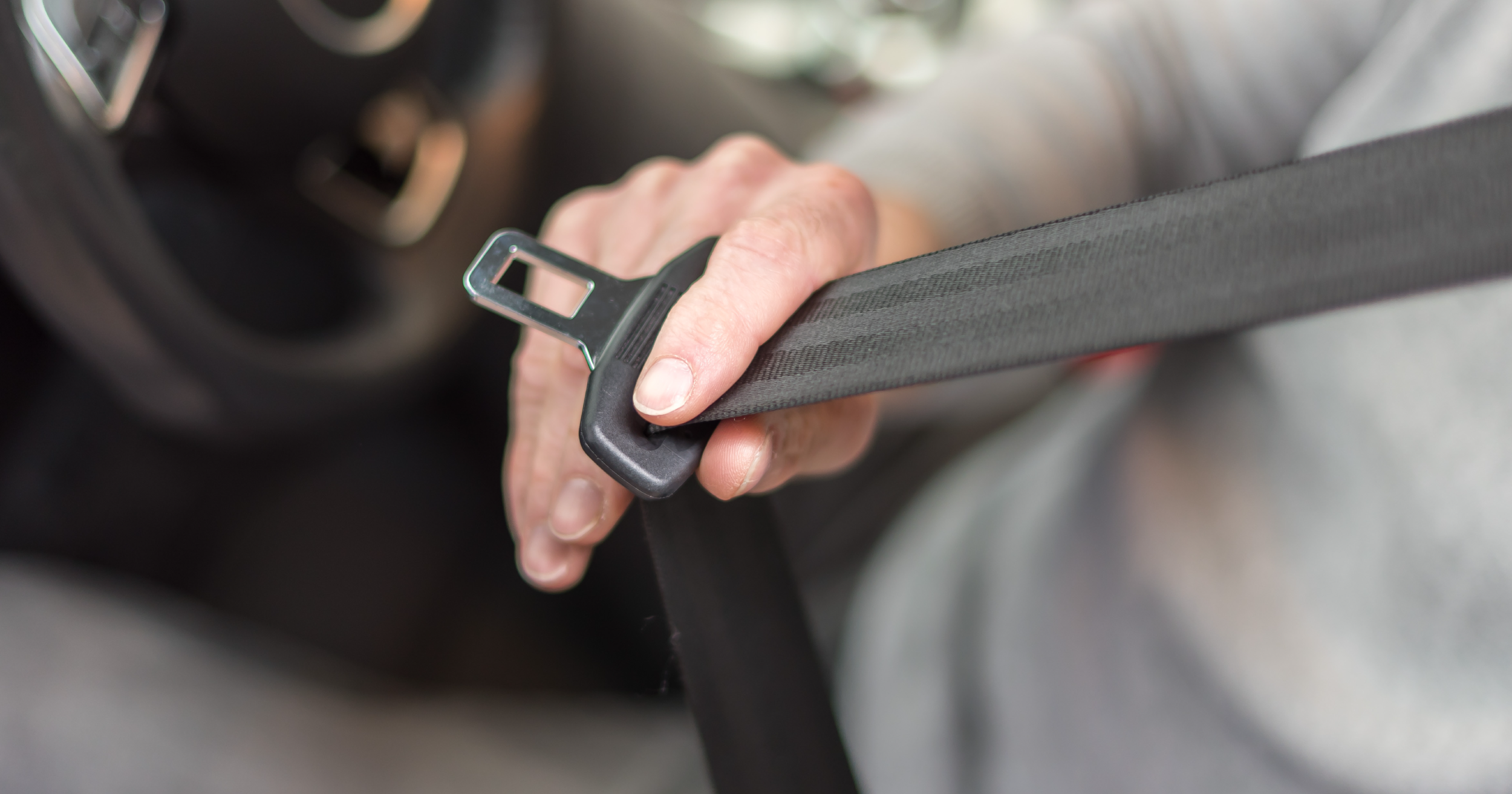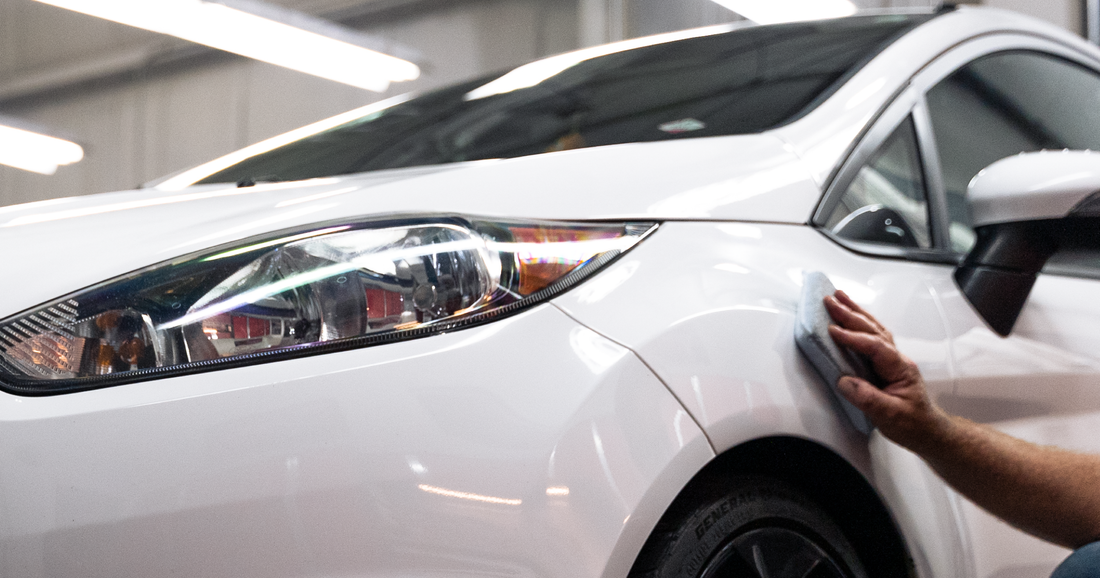Salt Damage to Cars: What You Need to Know to Prevent Rust
Across the country, where winter brings freezing temperatures and icy roads, road crews drop a salt and sand mixture to improve safety and road conditions. While safety is paramount, salt can cause major body and undercarriage damage to vehicles unless you take extra care and precautions. Luckily, there are a few auto detailing solutions to help you protect your vehicle paint and parts from the effects of road salt.
Table of Contents
- Salt Damage
- Prevention
- Wash
- Protect
- Undercoat
- Retouching
- Key Takeaways
Does Road Salt Damage Car Paint?
Salt, also known as sodium chloride, is spread over roadways to melt ice and improve traction for vehicles driving overtop. Salt is great for this because it creates a chemical reaction that lowers the freezing point of water, causing any existing ice to melt and preventing new ice from forming. The sand helps keep the salt in place and adds a bit of traction to wet and slushy roads. This is great news when a snowstorm is afoot.
Unfortunately, salt can have negative effects on your vehicle, like rust and corrosion, especially on the completely exposed undercarriage. Rust on essential parts, from the axle to the brake system, can be very dangerous.
Salt doesn’t cause damage and rust to paint; rather, it rusts metal. Therefore, the most vulnerable parts of your vehicle are those that are not protected by paint.
Prevention: Stop Road Salt Damage Before it Starts
The best thing you can do for your vehicle is get ahead of any potential road salt damage. Follow these car detailing tips to protect your vehicle through the winter months:
- Wash the car exterior.
- Apply a durable wax or coating to the car’s paint.
- Apply an undercoat to the car’s undercarriage.
Remove Contamination from the Exterior with a Wash
The best thing you can do is remove contaminants from the surface of your vehicle as often as possible, allowing it less time to corrode. This can be accomplished through regular washing with proper techniques and products.
Salt is abrasive, so it’s important to minimize touches to your vehicle. You want to avoid working the salt and other contamination into the vehicle surface, possibly scratching and marring the paint. A standard wash, such as CW-37™ Premium Truck & Car Wash Concentrate, is a great option for regular washing.
The supplies you use to wash your car are equally as important as the car wash soap, itself. Only use clean or new microfiber towels and wash mitts to wash your vehicle. Household towels are too rough and can add swirl marks to the paint. Likewise, a dirty towel or mitt can work dirt and contamination into the paint and can cause scratching and swirling.
Another consideration is how you rinse your towel or wash mitt. Use two separate buckets for your car wash solution and your clean rinsing water. This is known as the two-bucket method. Place a grit guard in the bottom of your rinsing bucket to remove excess contamination from your towels and mitts each time you rinse them.
As you wash, work from top to bottom to most effectively remove potentially damaging contaminants. Be sure to also rinse your wheel wells and undercarriage to remove any residual road salt and contamination.
Not everyone has the time or resources to hand-wash their vehicle. If an automatic car wash is a better option for you, look for a touchless car wash near you. Again, the goal is to avoid any unnecessary contact with the vehicle surface that could further work in any contamination.
Protect Your Paint with a Wax or Coating
Keeping your paint intact is essential to protecting the vehicle surface underneath and one of the most important considerations in car care. When paint lifts and cracks, the metal beneath becomes exposed and is prone to rust. Winter weather can wreak havoc on car paint. The best thing you can do to protect your paint throughout the winter is to keep it coated in wax or ceramic.
Waxes add a layer of protection that prevents minor scratching and keeps contaminants from adhering. Use a high-quality, dependable car wax, like Nano Care®️ Banana Crème Wax, for months of protection and a deep, rich gloss. This wax is great because it can be applied by hand or with an orbital polisher.
The benefit of a ceramic coating, like our EPIC®️ PRO+ Ceramic Coating with Graphene, is the longevity and level of protection. A quality ceramic coating can provide years of protection. These coatings are more labor-intensive to apply than waxes.
Spray ceramic coatings are a great way to cut down on application time and are much easier to apply. EPIC®️ CR2 Hydro Hydro Protect, for instance, can be used to coat an entire vehicle in just minutes. However, spray ceramics do not usually offer as much longevity as a traditional ceramic coating, lasting months not years. Read more about different forms of paint protection and methods of application.
Protect Your Undercarriage with an Undercoating
The underside of a vehicle sees the most salt damage and corrosion. These areas are the most exposed and the hardest to wash after a winter drive. That's why having your car undercoated can be incredibly valuable. Undercoatings prevent moisture and salt from reaching undercarriage components. The best time to undercoat your vehicle is before it has been exposed to salt or other corrosive contamination, so this is something you will want to have done before the full onset of winter.
Retouching Damaged Paint
A car’s paint and clear coat protect the metal of the car from the elements. If your car has chips in the paint, exposing the metal below, rust can become a real threat and winter conditions could speed up that process. Having exposed spots repainted before doing any winter driving can save your vehicle.
Key Takeaways: Proactivity is Critical to Saving Your Car from Road Salt Damage and Rust
The best thing you can do for your vehicle during the winter is to be proactive about rust prevention. Keep salt off your vehicle and stop rust before it starts. As long as you wash, protect, and undercoat to prepare for the winter, your vehicle should be protected against road salt damage and rust.
